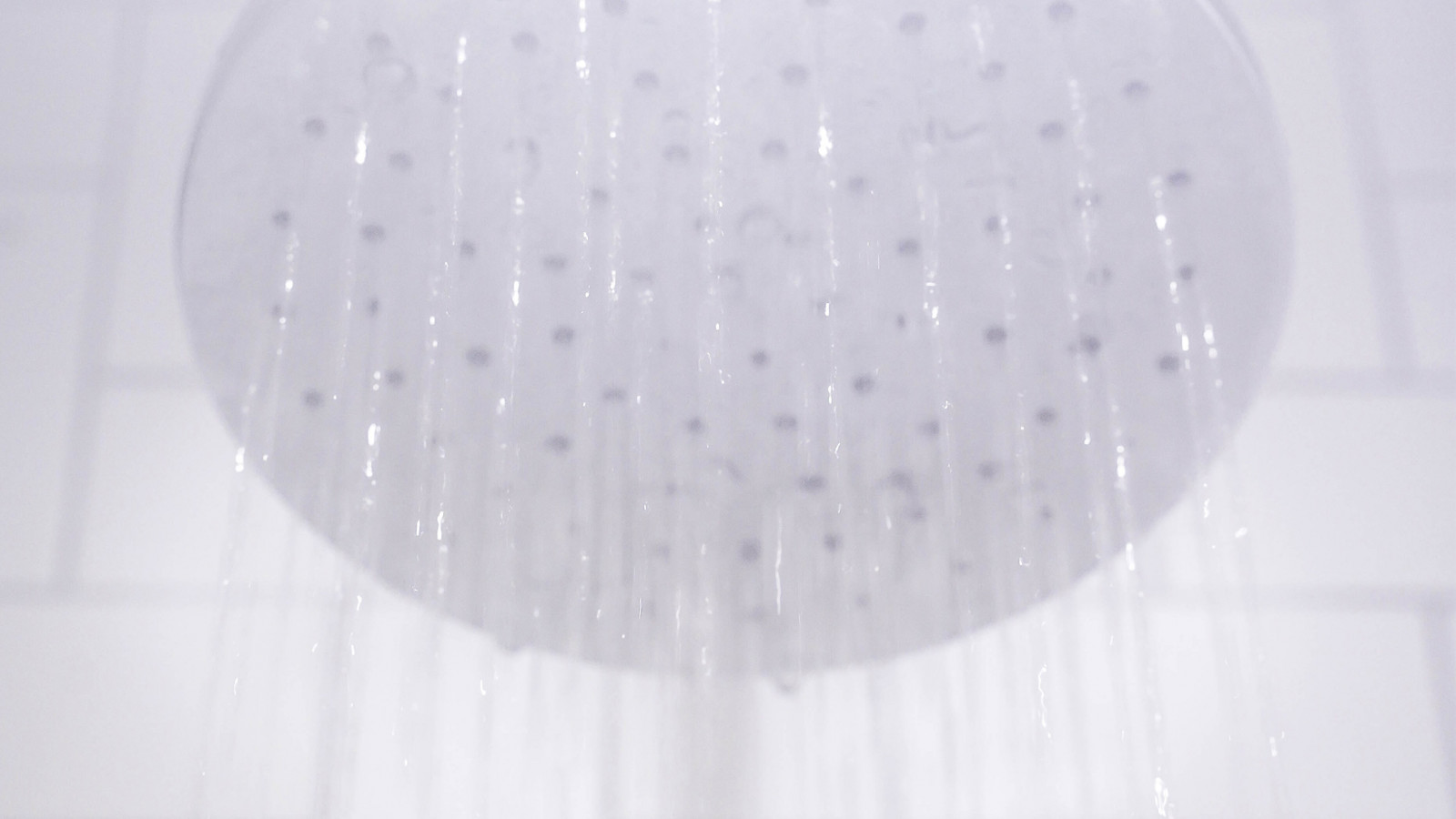Over the decades there has been a growing use of ‘instantaneous’ gas heaters to provide domestic hot water to our houses, both new and existing. While the external compact units do away with the floor space needed for the hot water/linen cupboard, and the idea of instant supply is probably a major attraction for homeowners, is it really ‘instant’ at the hot tap?
With electric water heating, the supply is drawn from a multi-use infrastructure, whereas in the suburbs a gas distribution scheme is required solely to serve widely spaced individual houses, and then just for water heating and sometimes cooking. While a gas connection point is available for each house not all use it, whereas each house does connect to the electricity supply. Industrial and commercial premises are usually clustered so that an efficient gas distribution network can be achieved. In residential areas the investment required for the network is fixed irrespective of the number of connections made. In the South Island domestic gas is supplied as LPG with major infrastructure capital and operational costs — depots, continual transportation, and the exchange tanks at each house. Given the lifetime of suburbs (100 years is common — new in the 1920s), even the most optimistic estimate of the availability of gas shows that an economic supply will cease well before the dwellings are even middle-aged, especially given the competition from the rapid rise of wind and solar electricity generation plus solar water heating systems. Heat-pump units also improve the efficiency of electricity used for water heating (BUT their location is absolutely crucial for efficient operation). The Climate Change Commission’s proposal to wean housing off gas energy is a sensible long-term strategy.
Setting aside the question of the long-term relative sustainability of gas and electricity, once the water is heated, the ‘speed’ of its delivery is not determined by the ‘speed’ of the actual heating but rather by the layout of the distribution system — the planning of the pipework. Both gas and electricity have the problem of the slug of cold water drained off before the hot arrives. Everyone is familiar with the need to run the cold water out of the hot tap first. This ‘cold’ water is actually the last of the ‘hot’ water left in the pipe when the tap was turned off. This wastage happens each time a hot water tap is used. Over the lifetime of a dwelling a very significant amount of heating energy is wasted, especially in the kitchen.
With some intelligent design and thought, a significant and continual reduction in the energy needed to heat water in the home can be made over the building’s lifetime, irrespective of the network fuel used. Firstly solar water heating panels (see my October 2018 blog post: Photovoltaic and Solar Water Panels: What to Choose?) can be installed to part pre-heat the cold water supply to either gas or electricity fuelled systems. Each degree of temperature gained for free from the sun does not have to be heated by a costly network fuel — be it gas or electricity. Secondly, the length of the ‘slug’ of hot-turned-cold water can be shortened at the Developed Design stage. The brief may require bedroom access to be well separated but through clever planning the en-suites can be clustered back-to-back, or stacked, around the hot water source without any loss of amenity.
The kitchen is usually physically separated from the ablution areas which creates a problem with hot water pipe lengths. During the electricity shortages of the 1950/60s (as the hydro schemes were being built), the architects and designers of the time often installed a small hot water cylinder under the kitchen bench. This solved the problem of the long pipe length from the hotwater cupboard, and the creation of many energy wasting hot-turned-cold water slugs throughout the day resulting from the frequent use of small quantities of hot water.
With the need to address climate change, not only do the energy producers need to alter their thinking towards sustainability but also individuals need to. Architects and designers can do their part in the domestic energy area by producing more thoughtful long-lasting solutions to the production and distribution of hot water over the lifetime of the home.
Through EcoRate Ltd – Architect I provide objective independent passive solar thermal performance analysis and advice on sustainability matters, to Architects, Designers, Builders, Manufacturers, and others in the construction industry, including those proposing to build a new home. I am also a Homestar Assessor.
For more information feel free to contact Keith at EcoRate Ltd on 021 890 251, [email protected], or our website www.settlement.co.nz .




























 Most Popular
Most Popular Popular Products
Popular Products


